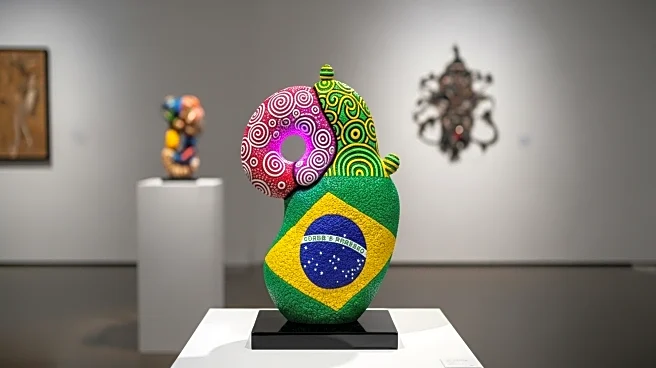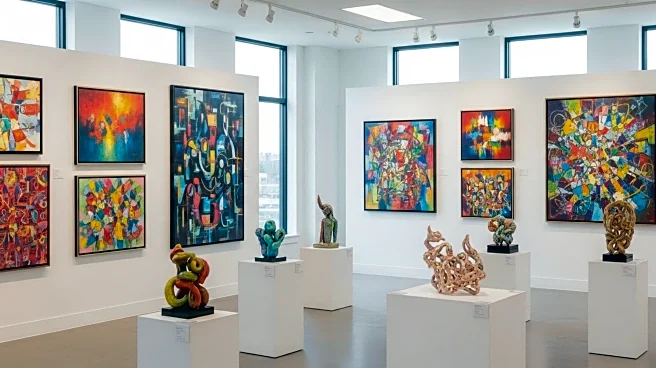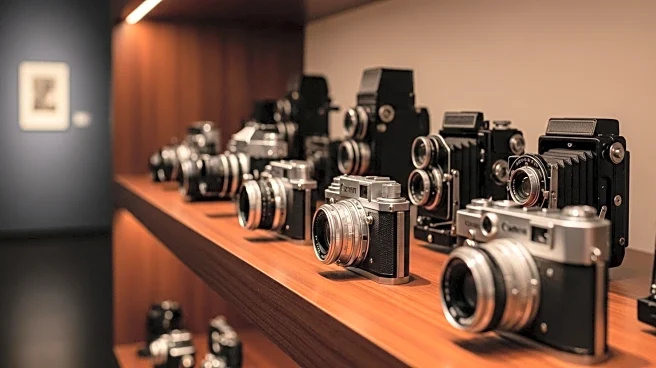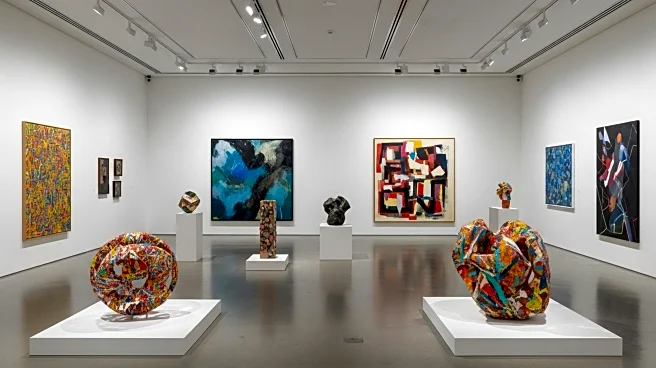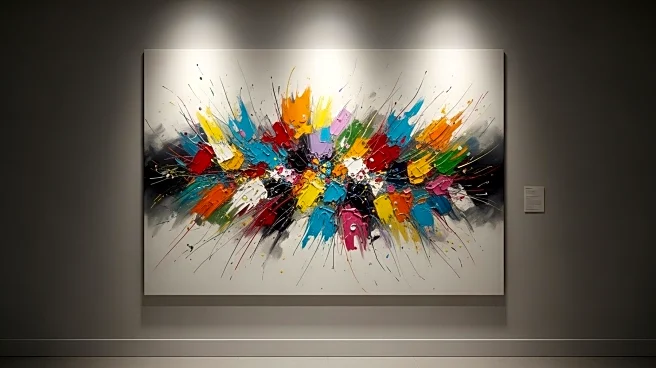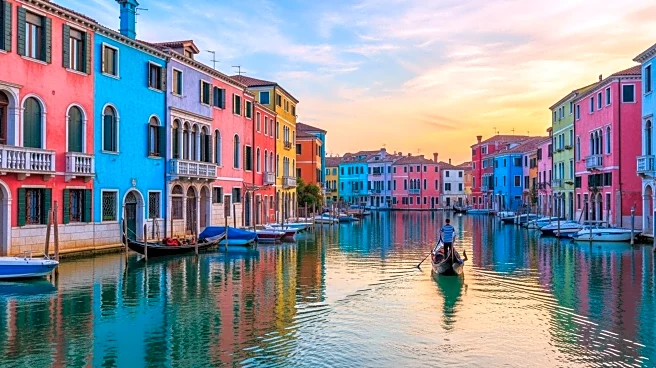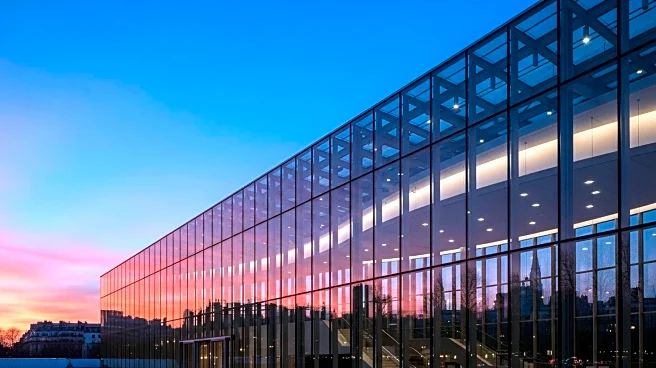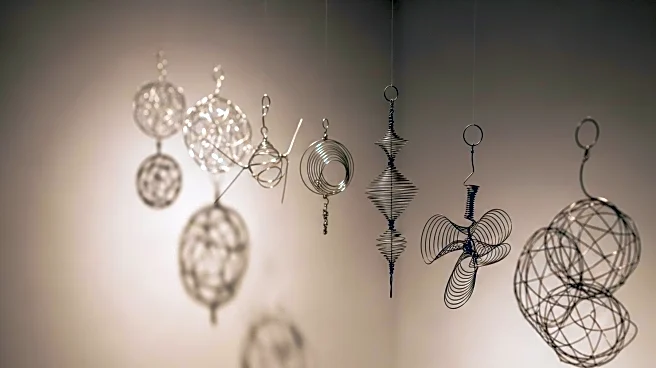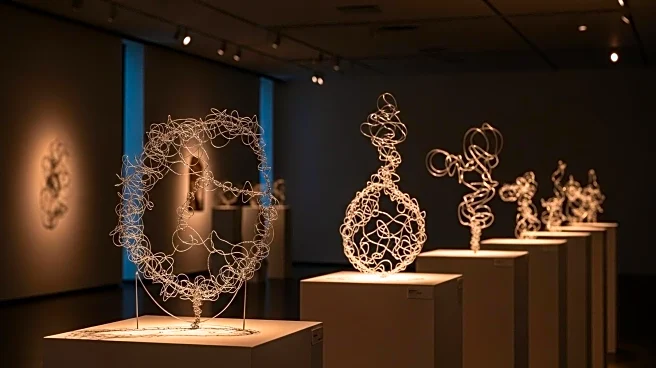What's Happening?
Frieze London has introduced a new section titled 'Echoes in the Present,' curated by Nigerian art historian Jareh Das, which explores the cultural exchange between Africa and Brazil. This exhibition features works from ten artists across eight galleries, focusing on the historical and contemporary influences between the two regions. The show delves into the impact of the transatlantic slave trade, where over five million Africans were transported to Brazil, shaping Brazilian culture in profound ways. The exhibition aims to highlight the reciprocal cultural influences, as seen through food, names, and spiritual practices, and how these have been integrated into artistic expressions. Artists like Bunmi Agusto and Diambe use their works to explore personal and collective histories, employing materials and techniques that reflect the intertwined legacies of Africa and Brazil.
Why It's Important?
The exhibition at Frieze London is significant as it sheds light on the often overlooked cultural connections between Africa and Brazil, stemming from the transatlantic slave trade. By revisiting these historical ties, the exhibition provides a platform for dialogue and understanding of the shared histories and cultural exchanges that continue to influence contemporary art and society. This exploration is crucial for acknowledging the contributions of African culture to Brazilian society and vice versa, fostering a deeper appreciation of the interconnectedness of global cultures. The exhibition also challenges traditional narratives by presenting diverse perspectives and artistic interpretations, encouraging viewers to reconsider historical events and their lasting impacts.
What's Next?
The exhibition 'Echoes in the Present' is part of a broader movement to revisit and reinterpret historical narratives through art. As more exhibitions like this gain prominence, they may inspire further scholarly research and artistic exploration into the cultural exchanges between Africa and Brazil. This could lead to increased collaboration between artists and historians from both regions, fostering a richer understanding of their shared heritage. Additionally, the exhibition may influence public policy and educational curricula by highlighting the importance of cultural diversity and historical awareness in shaping contemporary societies.
Beyond the Headlines
Beyond the immediate cultural exchange, the exhibition raises questions about identity, memory, and the preservation of history. It challenges viewers to consider how narratives are constructed and the role of oral traditions in maintaining cultural heritage. The exhibition also touches on ethical considerations regarding the representation of historical events and the responsibility of artists and historians to accurately portray these complex relationships. By engaging with these themes, the exhibition contributes to broader discussions on cultural identity and the importance of preserving diverse histories in a globalized world.
